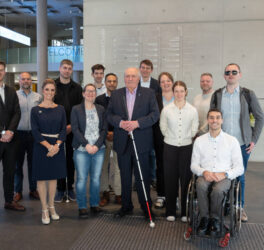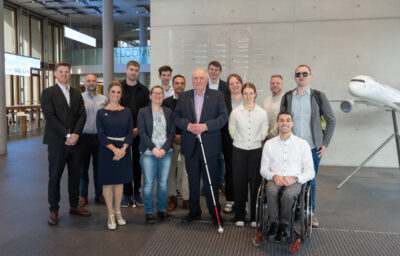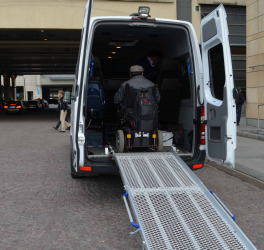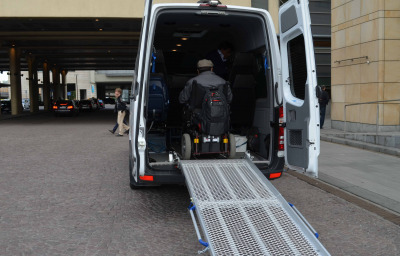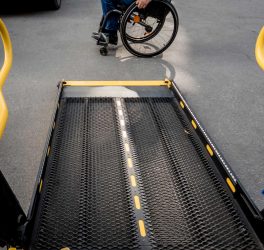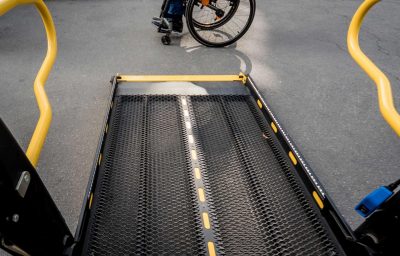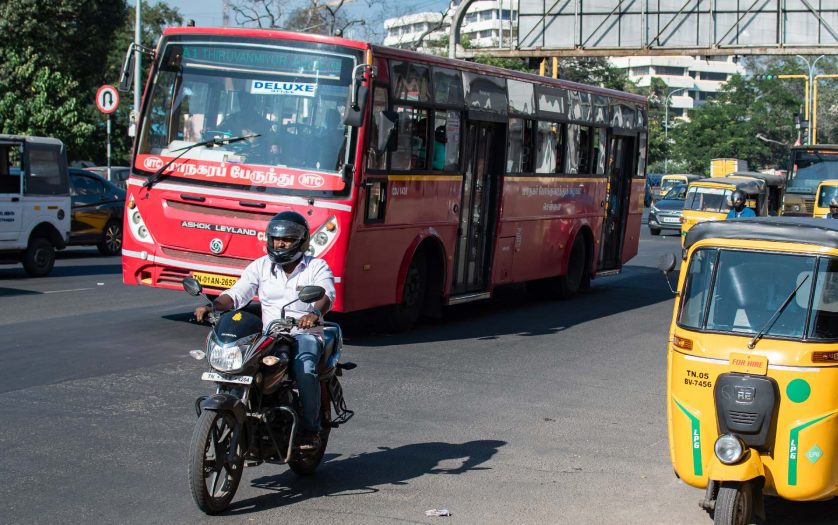
Disability activists appreciate that passengers with disabilities can ride the bus at no cost, but say more changes still need to be done for true inclusivity.
The Tamil Nadu government announced in May that women in the state don’t have to pay fares to travel on government buses.
Requests soon followed that the same provisions be made for trans women and persons with disabilities (PWDs). The government just approved the requests, stating that persons with disabilities can travel on state-owned buses free of charge in both urban and rural regions. An accompanying escort to assist the passenger is also able to travel free.
“The PwDs can show their government issued identity card to the bus conductor for free travel,” the government order stated.
Alwin, a teacher and a person with disability in Kancheepuram , is thrilled about the change, saying, “I can now travel without worrying about my daily travel expenses. This certainly allows many persons with disabilities, especially those from marginalised communities, to venture outside and access opportunities.”
Some advocate groups insisted that, despite this welcome news, much work still needs to be done in the area of accessibility and inclusion. “The Tamil Nadu government announcing free bus travel for Persons with Disability (PwD) is a significant step towards inclusivity. However, along with free travel, the government should also consider bringing in disability-friendly buses across the state, as many PwDs cannot access ordinary buses,” said TMN Deepak, a disability rights activist and state president of the ‘December 3 Movement’ in Tamil Nadu.
Deepak said that the accessibility of transportation for persons with disabilities can be divided into three parts — physical access, process access and product access.
In this particular case, physical access is having affordable modes of transportation for persons with disabilities. Process access is having enough accessible buses and bus stands in close proximity. Lastly, product access involves the ticket expense.
“Having a bus to travel alone is not enough. For a person with disabilities, the facility is wasteful if it cannot be accessed. Free travel will prove disadvantageous if the buses are not disability-friendly and the bus stands are far off. Lastly, inclusivity from the government and public is paramount for us if we are using the facility,” added Deepak.

